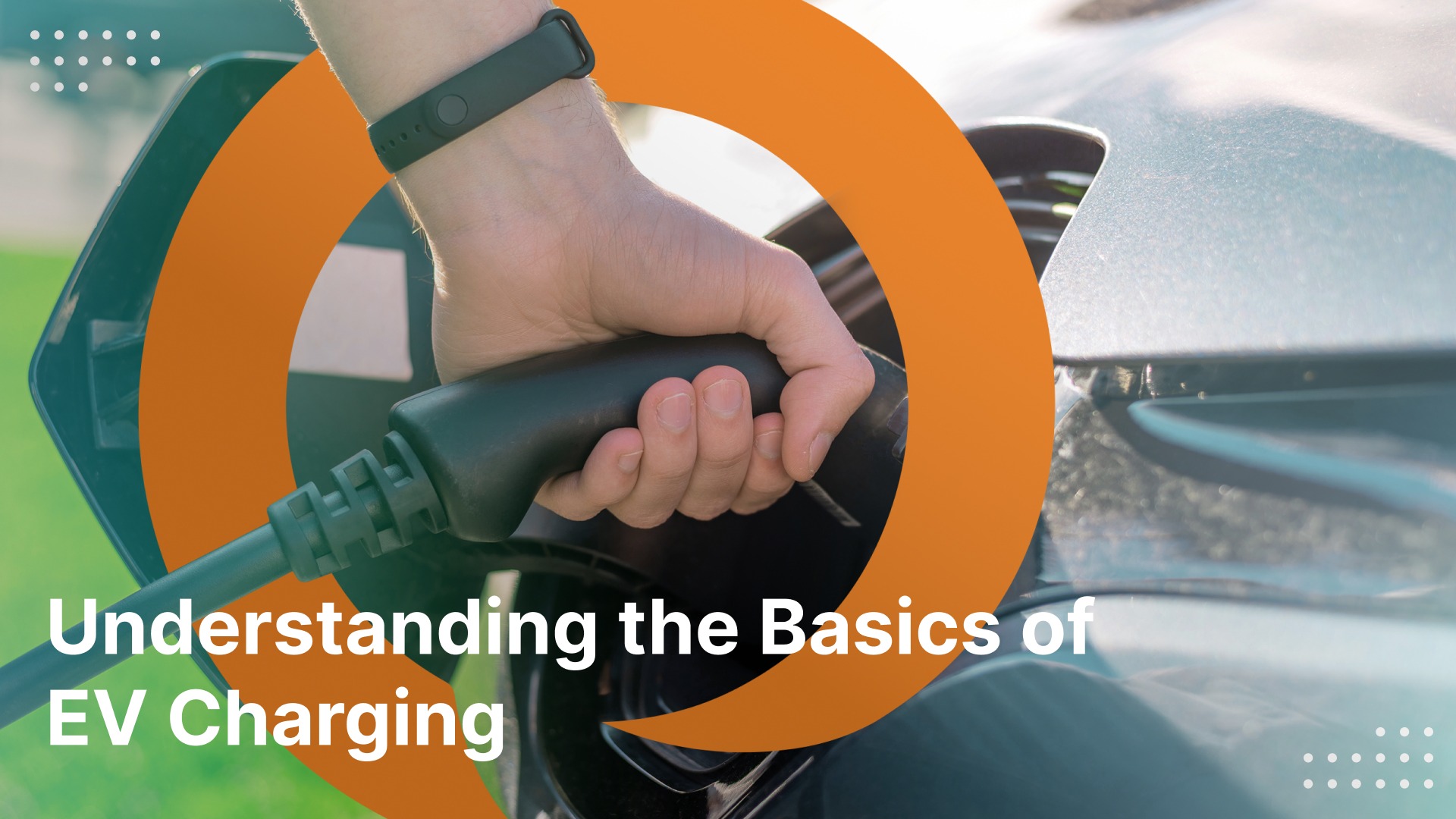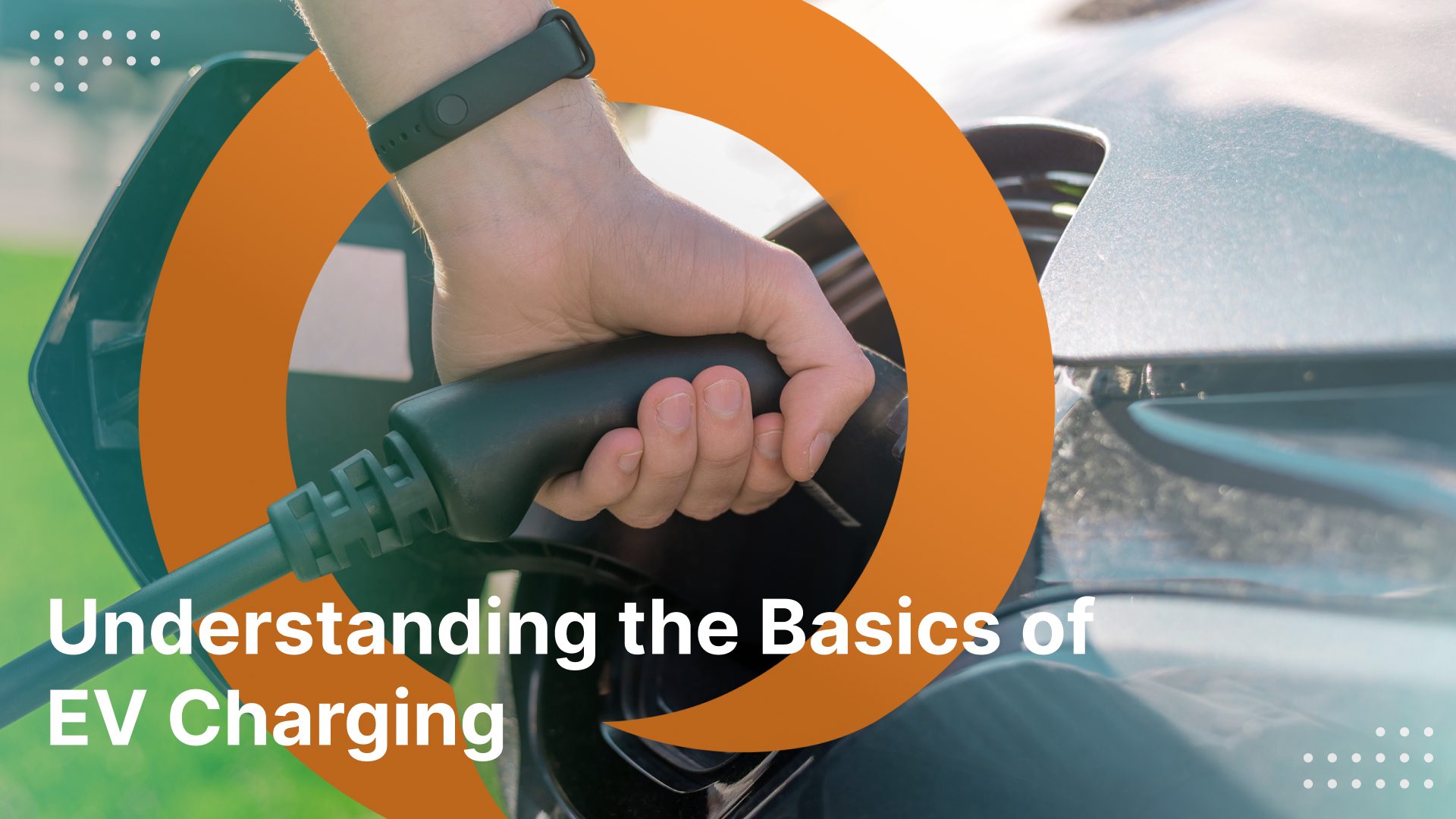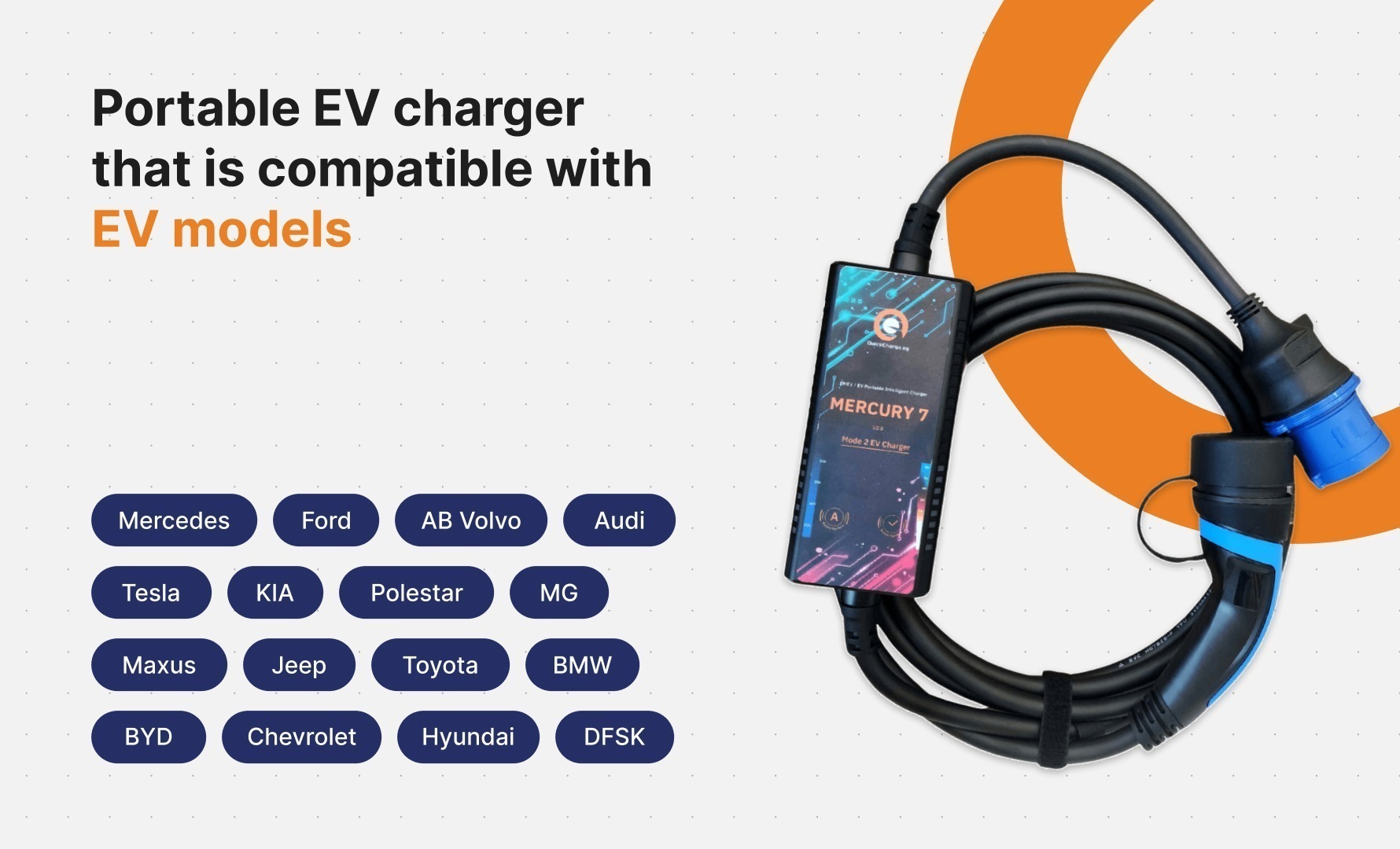
Whether you’re a current EV owner, considering making the switch to electric, or simply curious about the technology, having a solid grasp of how EV charging works is essential. In this blog post, we’ll explore the fundamentals of EV charging, including the different types of chargers, charging speeds, and best practices for charging your EV.
Types of EV Chargers
Level 1 Chargers: These chargers use a standard household outlet (120 volts) and are typically included with the purchase of an electric vehicle. While convenient for overnight charging at home, level 1 chargers provide the slowest charging speeds.
Level 2 Chargers: Level 2 chargers require a 240-volt outlet and provide faster charging speeds compared to level 1 chargers. These chargers are commonly found in public charging stations, workplaces, and residential properties.
DC Fast Chargers: Also known as level 3 chargers, DC fast chargers offer the fastest charging speeds and are capable of delivering a significant amount of power to an EV’s battery in a short amount of time. These chargers are typically found along major highways and in commercial areas.
Charging Speeds
The charging speed of an electric vehicle depends on several factors, including the type of charger, the capacity of the vehicle’s battery, and the charging infrastructure. Level 1 chargers typically provide charging speeds of around 2-5 miles of range per hour of charging, while level 2 chargers can deliver anywhere from 10 to 60 miles of range per hour, depending on the charger’s power output. DC fast chargers, on the other hand, can provide up to 80% charge in as little as 20-30 minutes, making them ideal for long-distance travel.
Best Practices for EV Charging
Plan Ahead: Before embarking on a journey, it’s essential to plan your route and identify charging stations along the way. Many EVs come equipped with navigation systems that can help you find nearby charging stations and plan your stops accordingly.
Use Public Charging Stations Wisely: Public charging stations are a convenient option for topping up your EV’s battery while on the go. However, it’s important to be considerate of other EV owners and avoid hogging charging spots unnecessarily. Once your vehicle is fully charged, move it to allow others to use the charging station.
Consider Installing a Home Charger: Installing a level 2 charger at home can significantly reduce your reliance on public charging stations and ensure that your EV is always ready to go when you need it. Many electric utilities offer incentives and rebates for installing home charging stations, making it a cost-effective option for EV owners.
Monitor Your Charging Habits: Keeping track of your charging habits can help you optimize your EV’s battery life and maximize its range. Avoid frequent fast charging, as it can put additional stress on the battery and reduce its lifespan. Instead, aim for a slow, steady charge whenever possible.
Understanding the basics of EV charging is essential for anyone interested in electric vehicles, whether you’re a current owner or considering making the switch. By familiarizing yourself with the different types of chargers, charging speeds, and best practices for charging your EV, you can make the most of this exciting technology and enjoy the many benefits of electric transportation. As EV adoption continues to grow, having a solid understanding of EV charging will become increasingly important for drivers everywhere.

